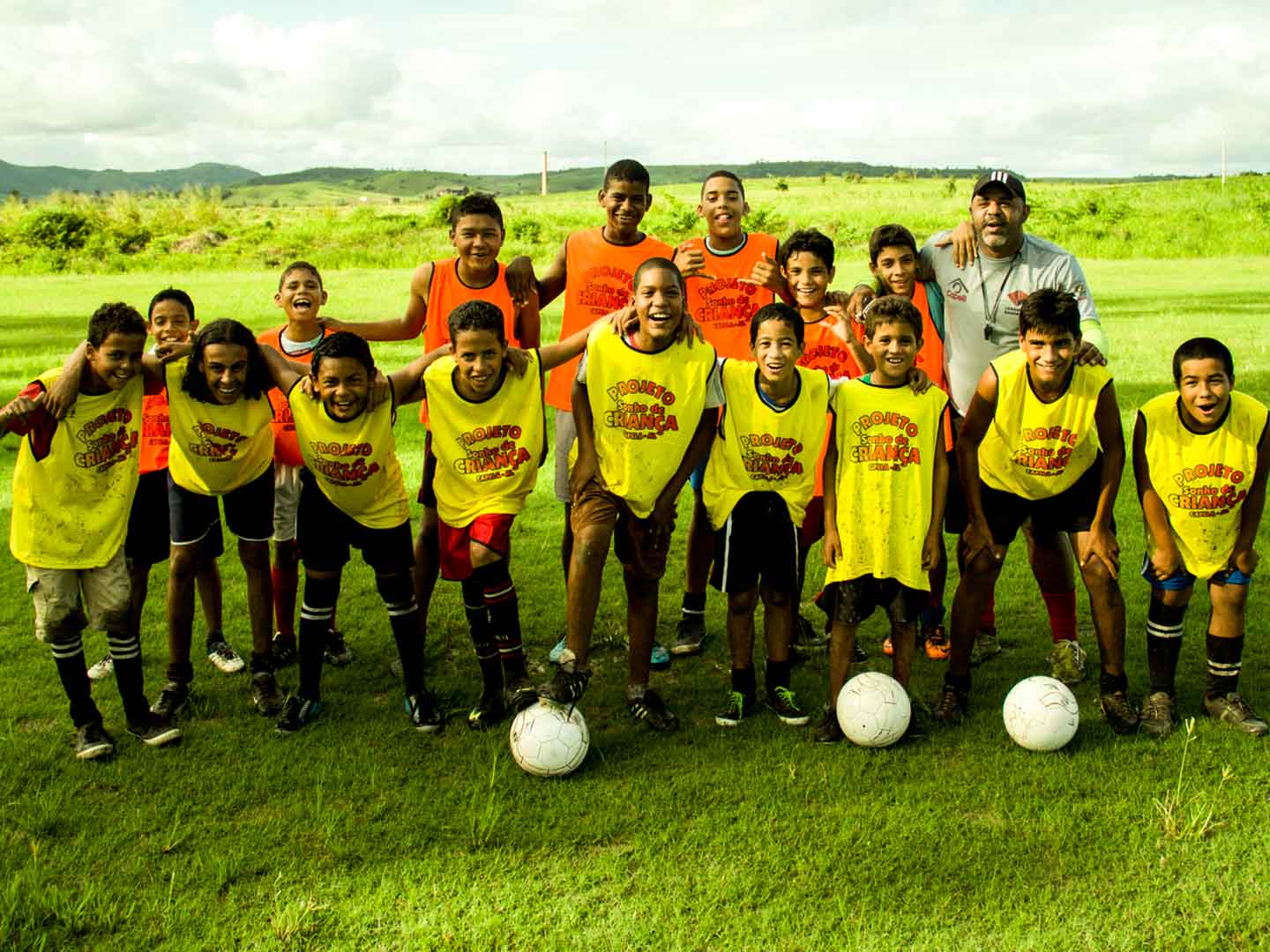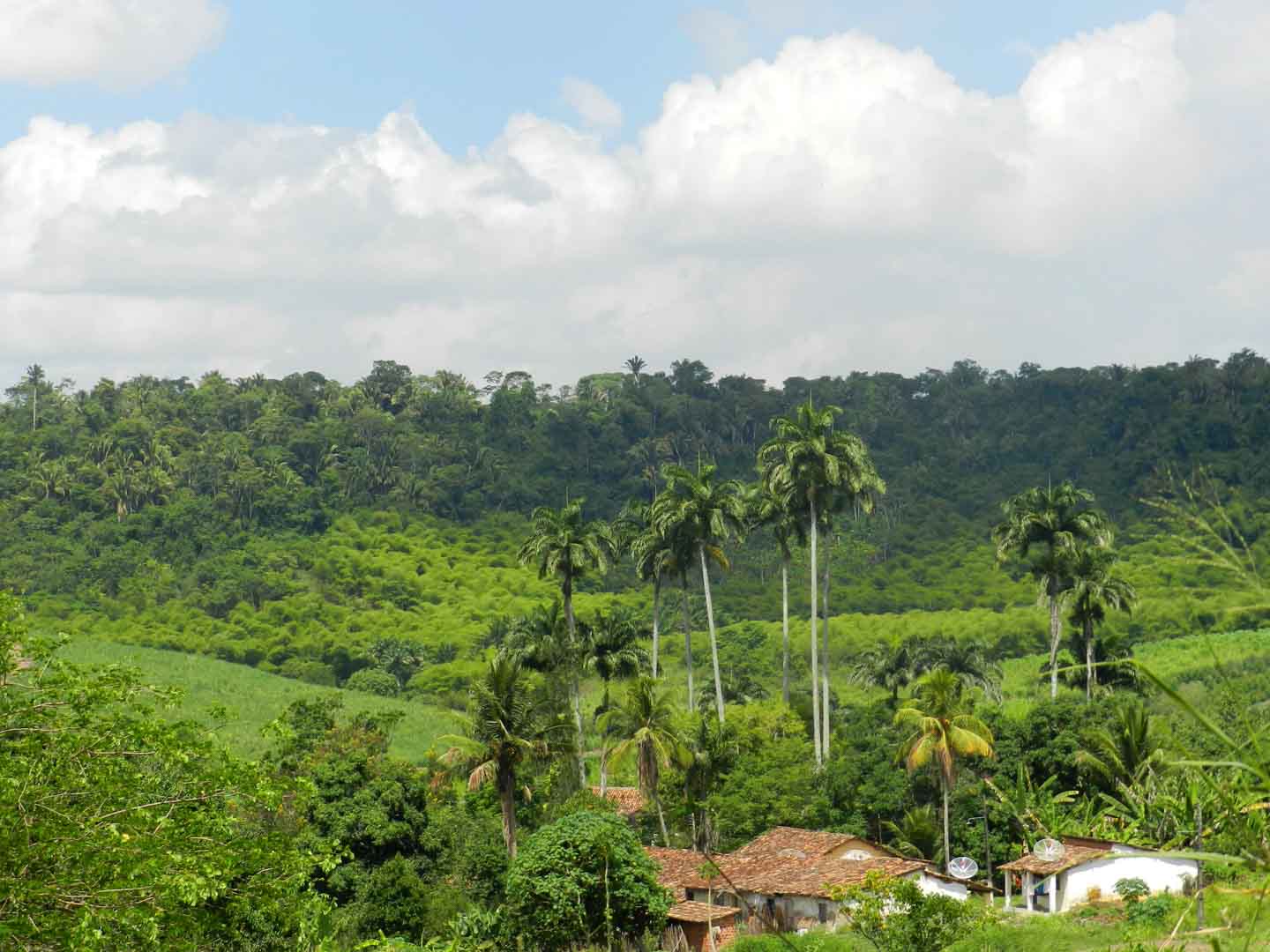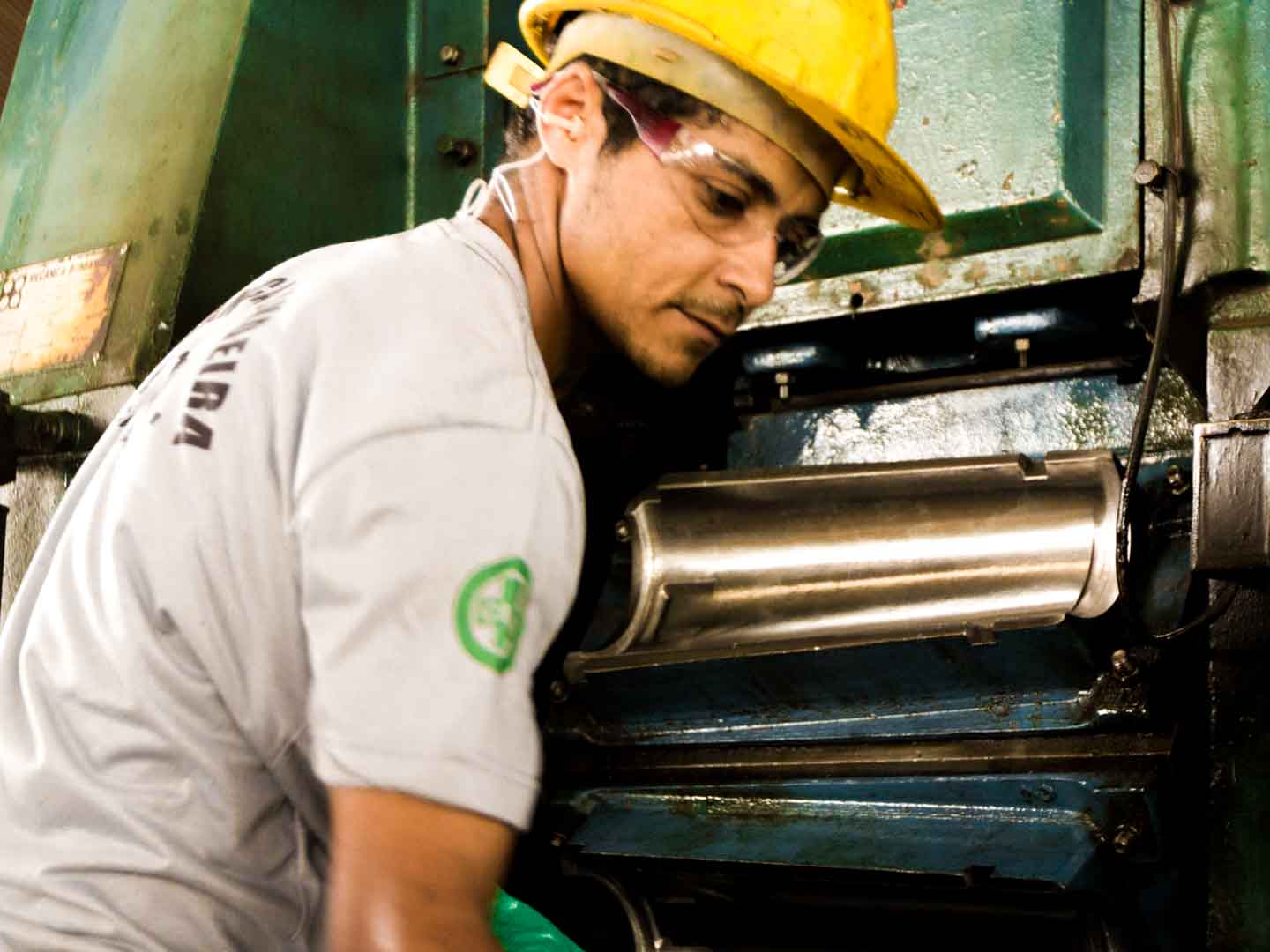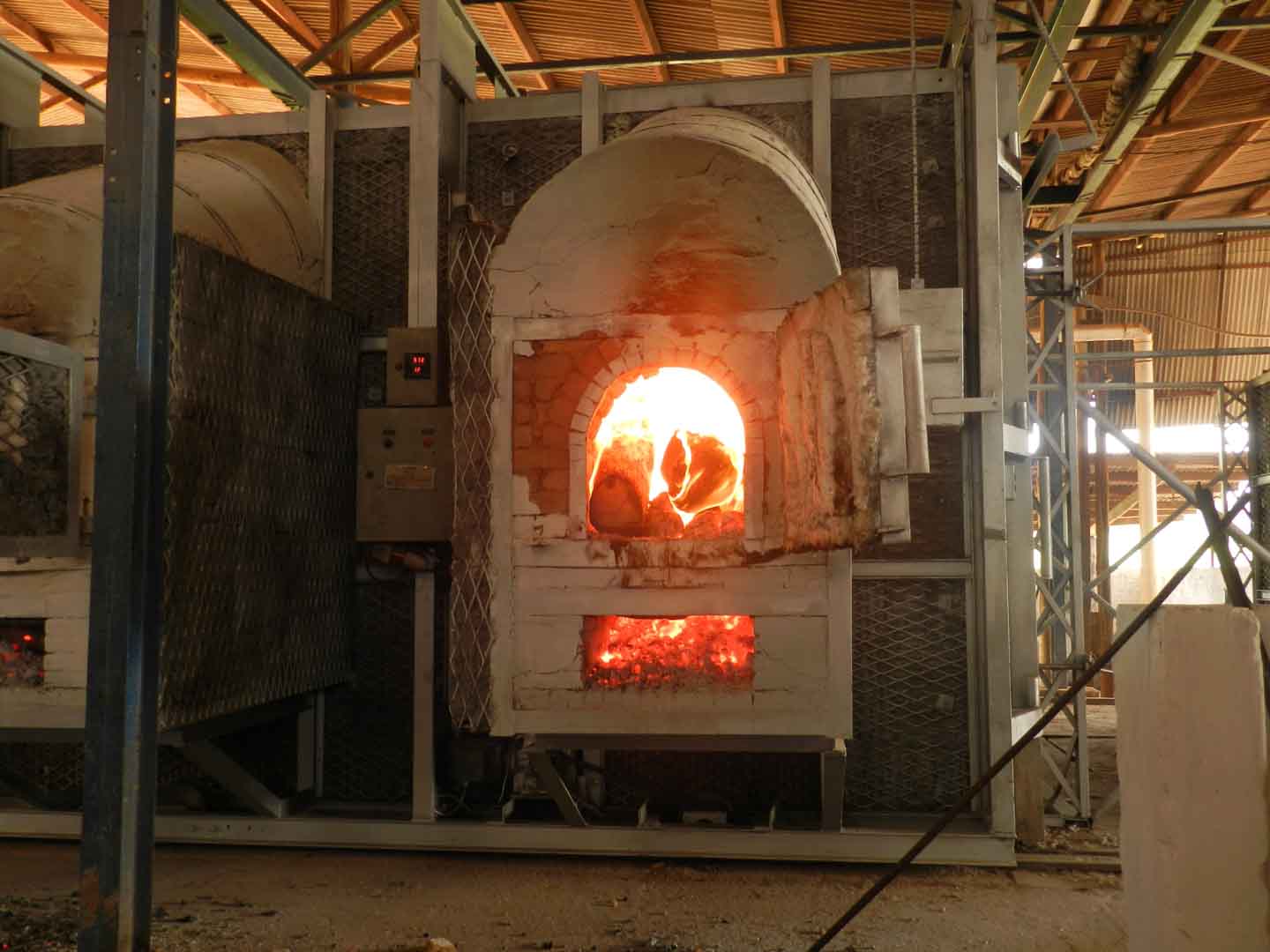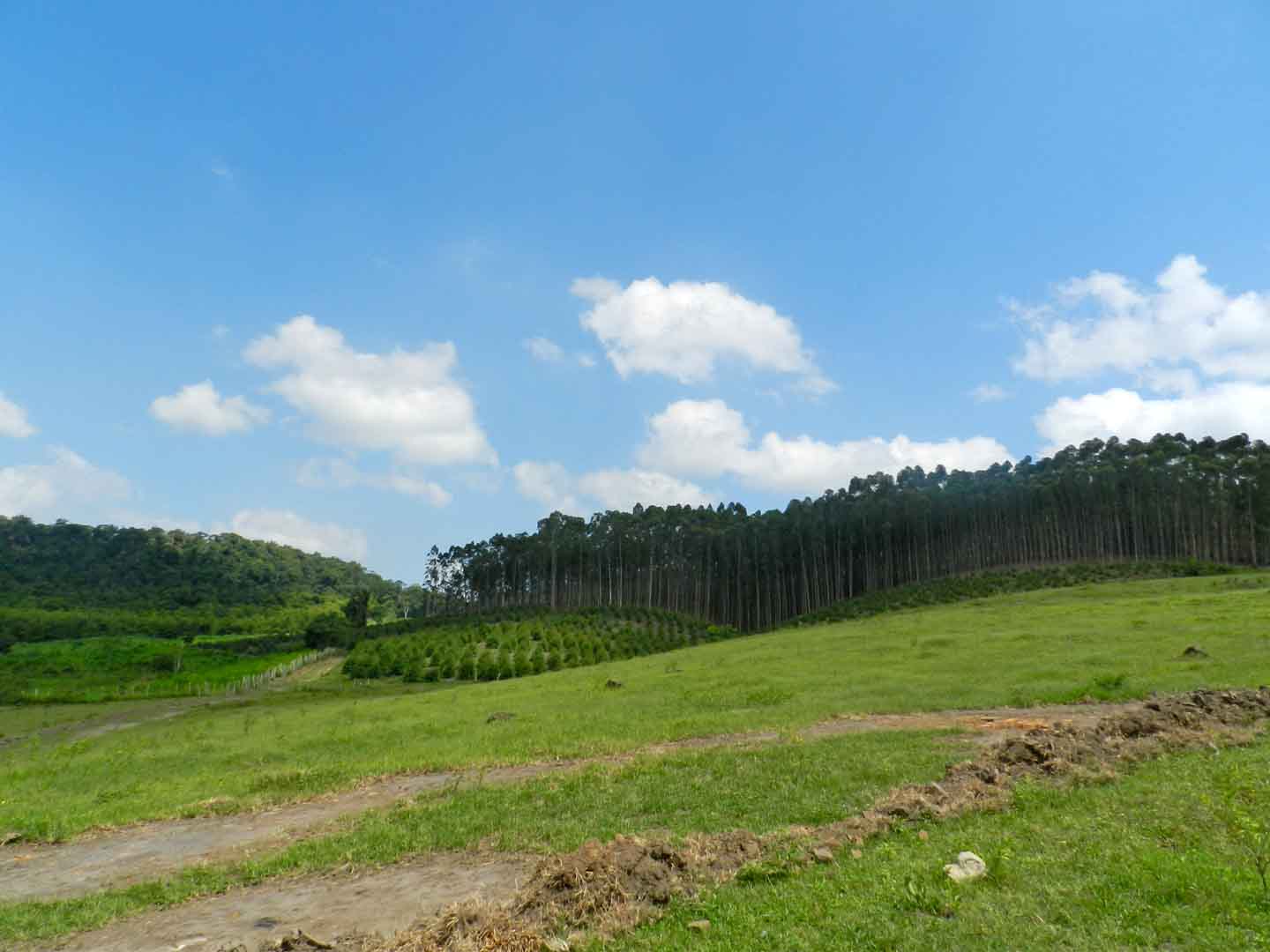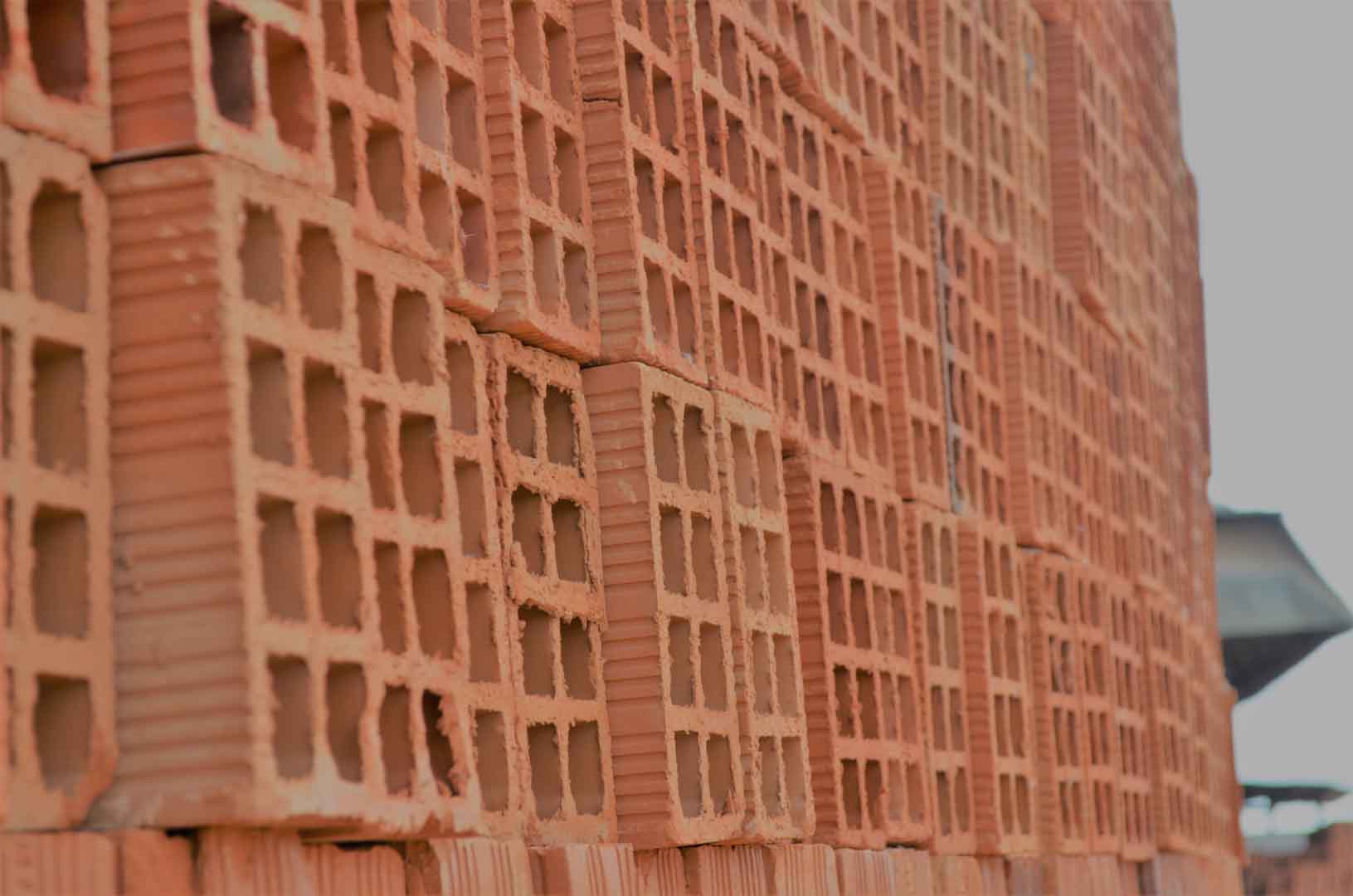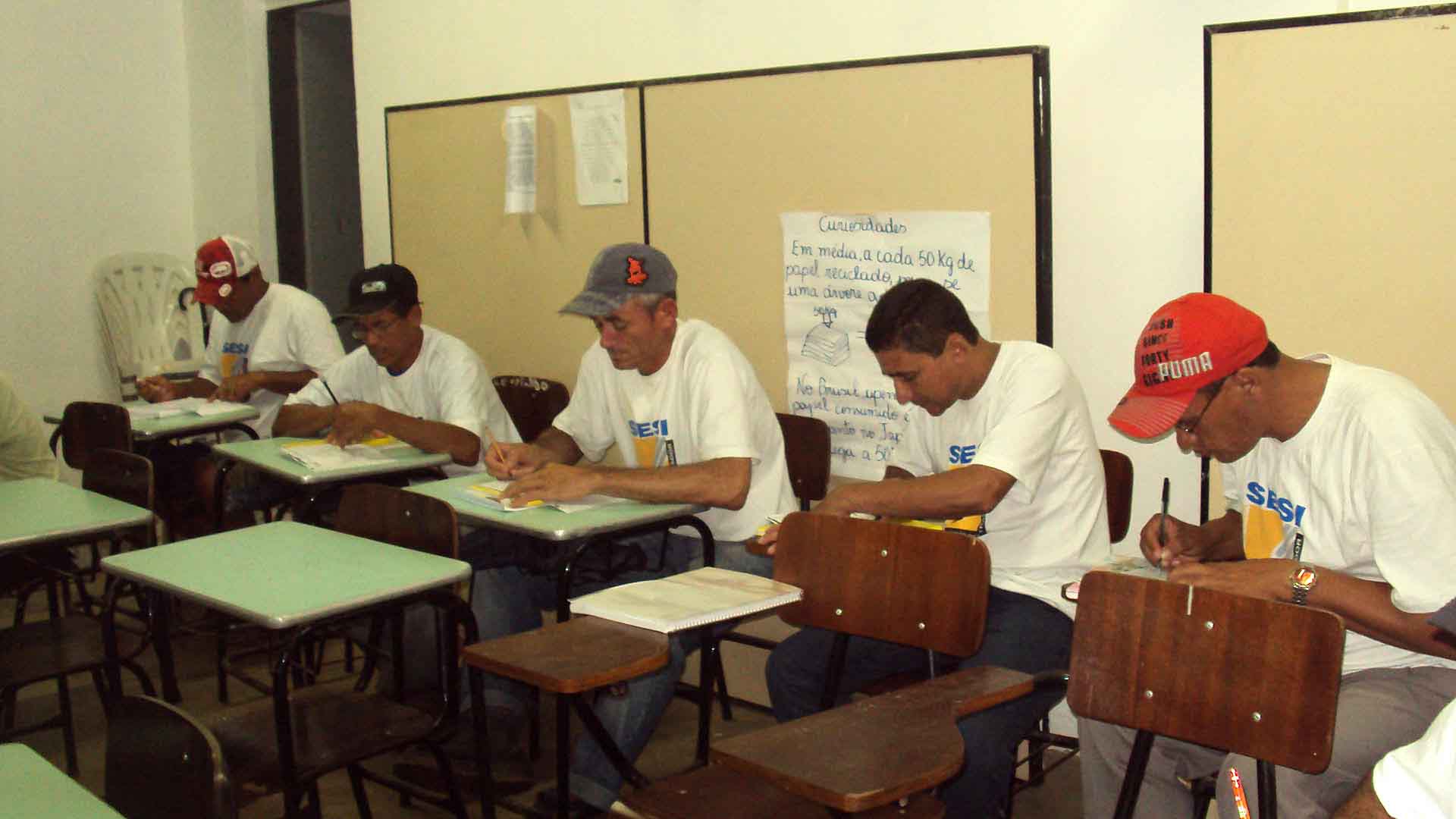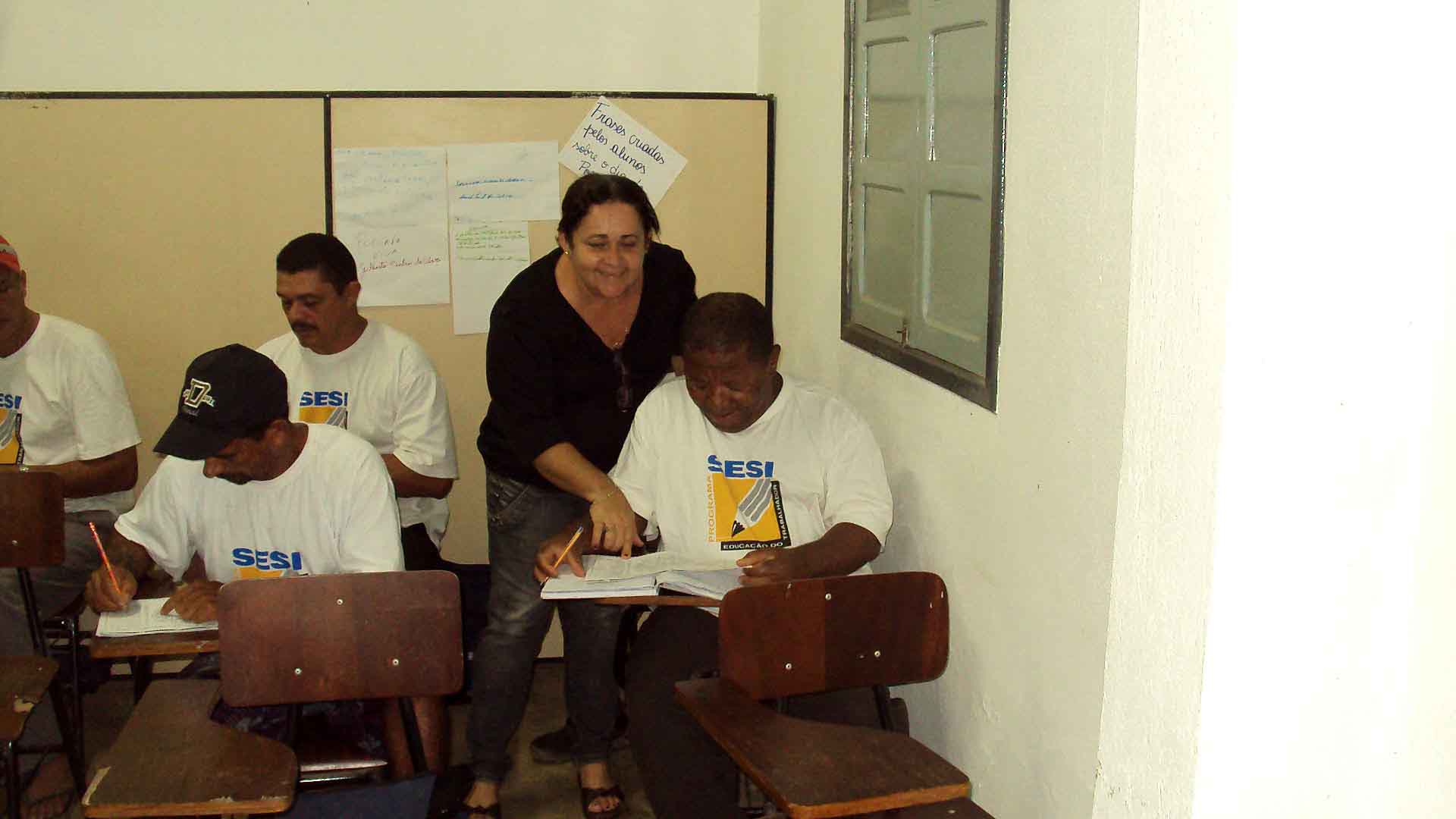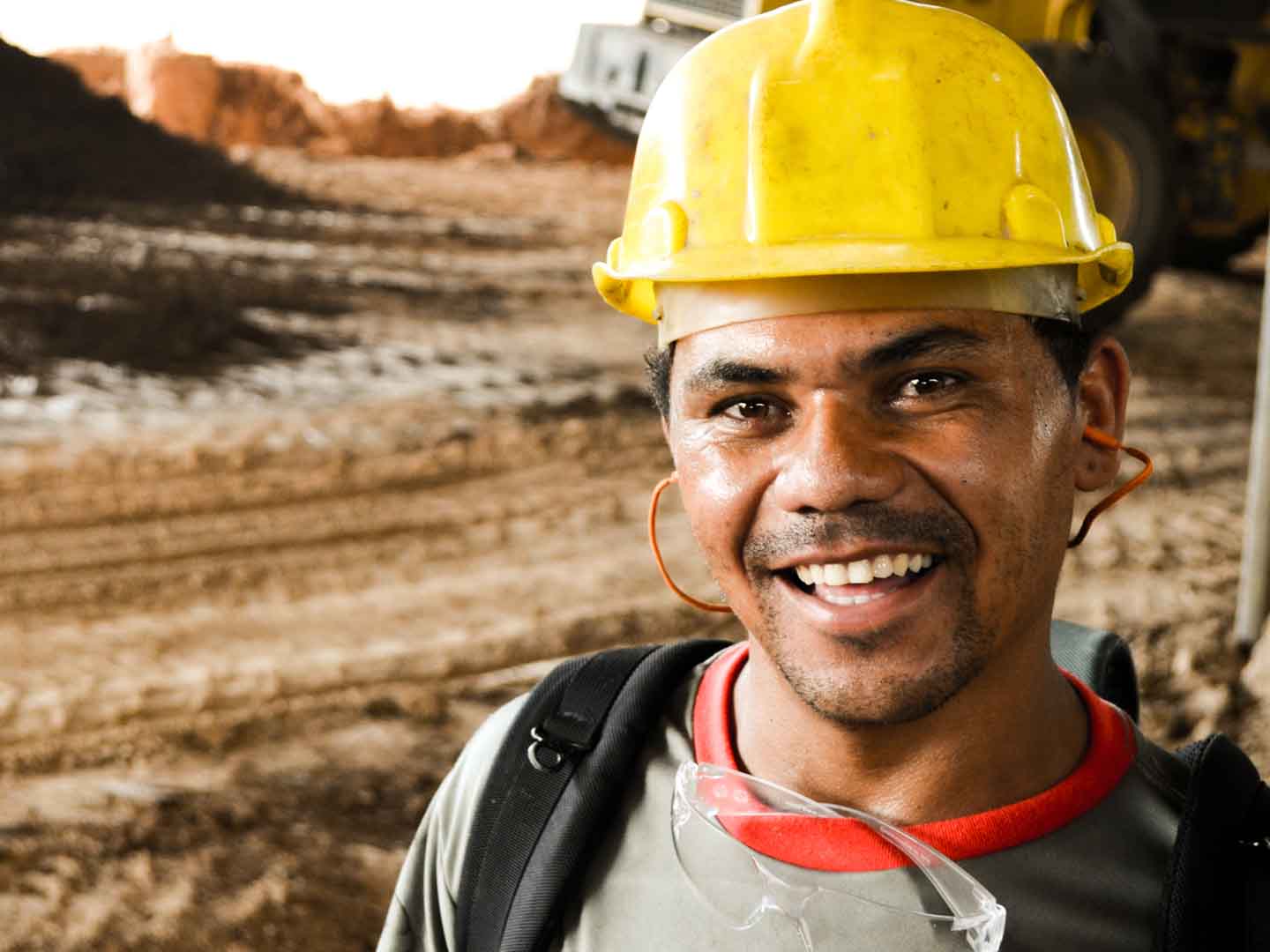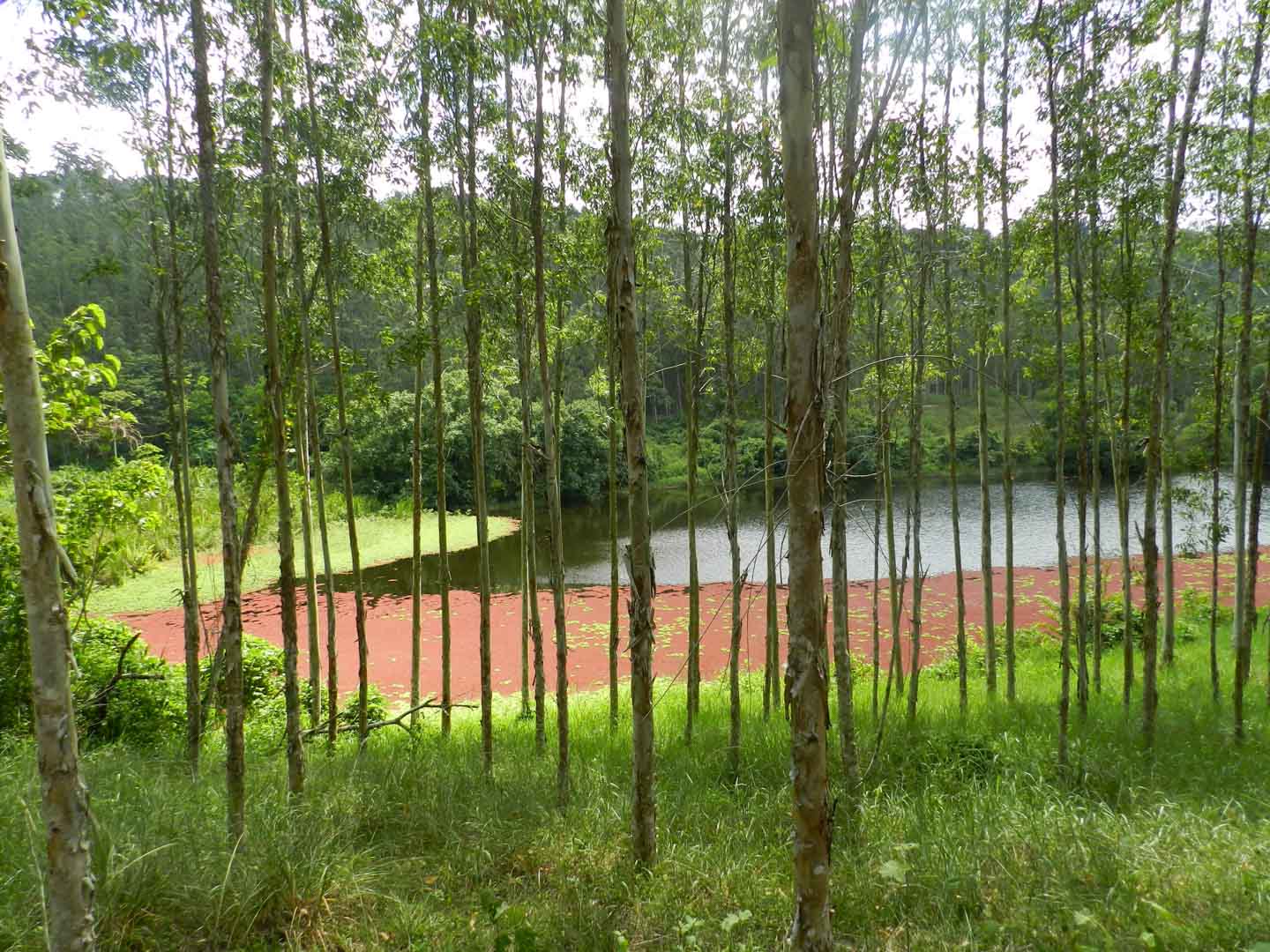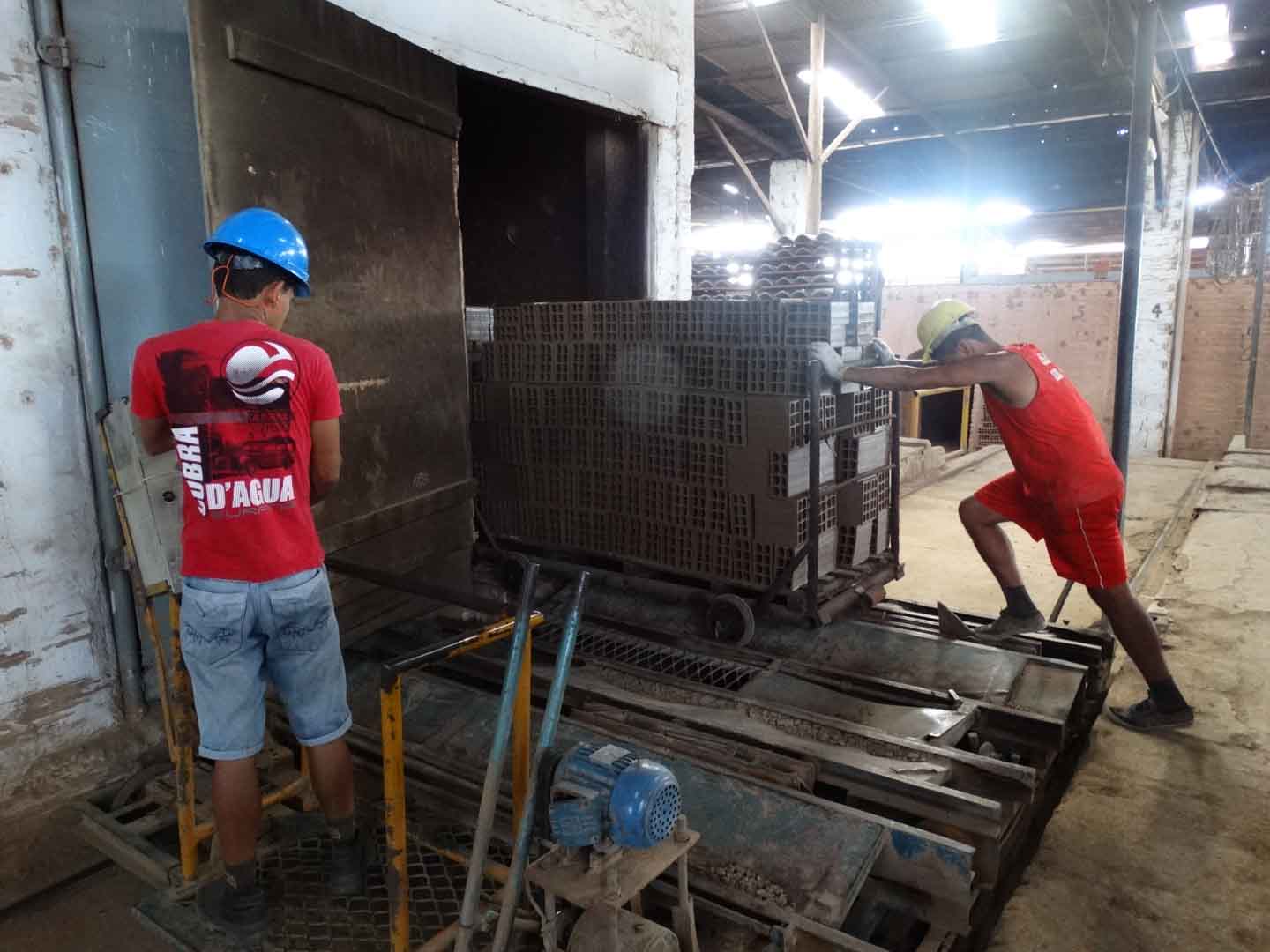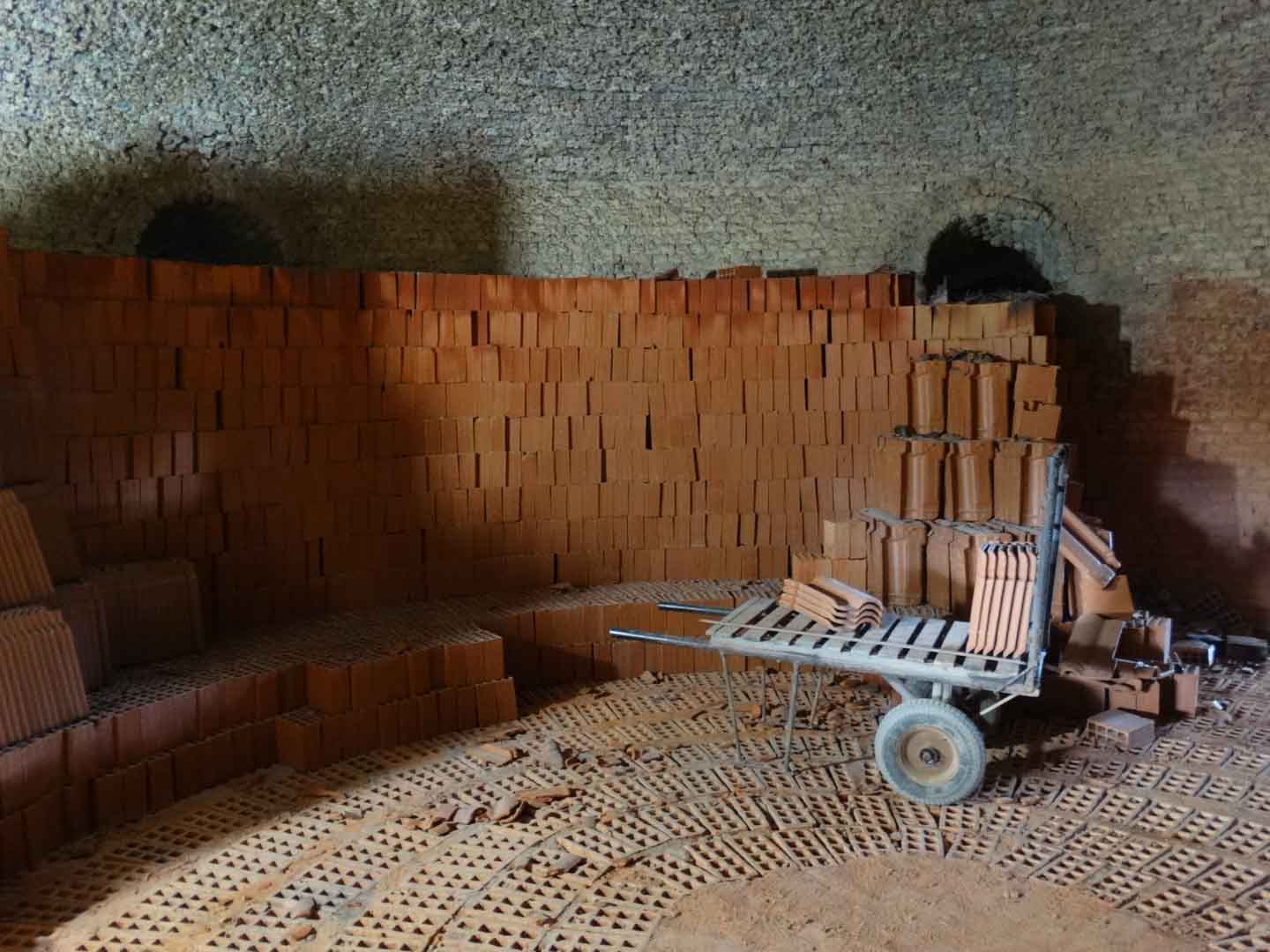Coconut shells and sawdust instead of firewood
Bandeira and Capelli are two ceramic factories in the state of Alagoas in north-eastern Brazil that produce roof tiles and bricks for the local market. Here, kilns for ceramics are traditionally fired with wood. This causes significant amounts of carbon emissions and is one of the reasons for massive deforestation in the Caatinga, a species-rich forest area that is already under threat. The two ceramic factories have, therefore, switched to sustainable fuels: renewable biomass such as coconut shells, sawdust, sugar cane waste and sustainably grown bamboo. Additionally, the project has received verification according to the Social Carbon Standard, which requires social and ecological improvements besides the CO2 criteria.

How biomass projects help contribute to climate action
Biomass refers to organic residues such as tree branches, leaves, sawdust, wood chips or coconut shells. Those are of a biogenic, non-fossil nature that can be used to generate renewable energy. One way to generate renewable energy, among others, is to fire kilns using biomass. This process prevents harmful smoke and large quantities of CO2 to be released.
As an additional greenhouse gas reduction measure, biomass climate projects mostly prevent biomass from rotting in the open air, so that no methane (CH4) is released. Biomass projects in the ClimatePartner portfolio are registered with international standards.
Explore our projects
Biochar for Climate Action, Healthy Soils, and Better Harvests
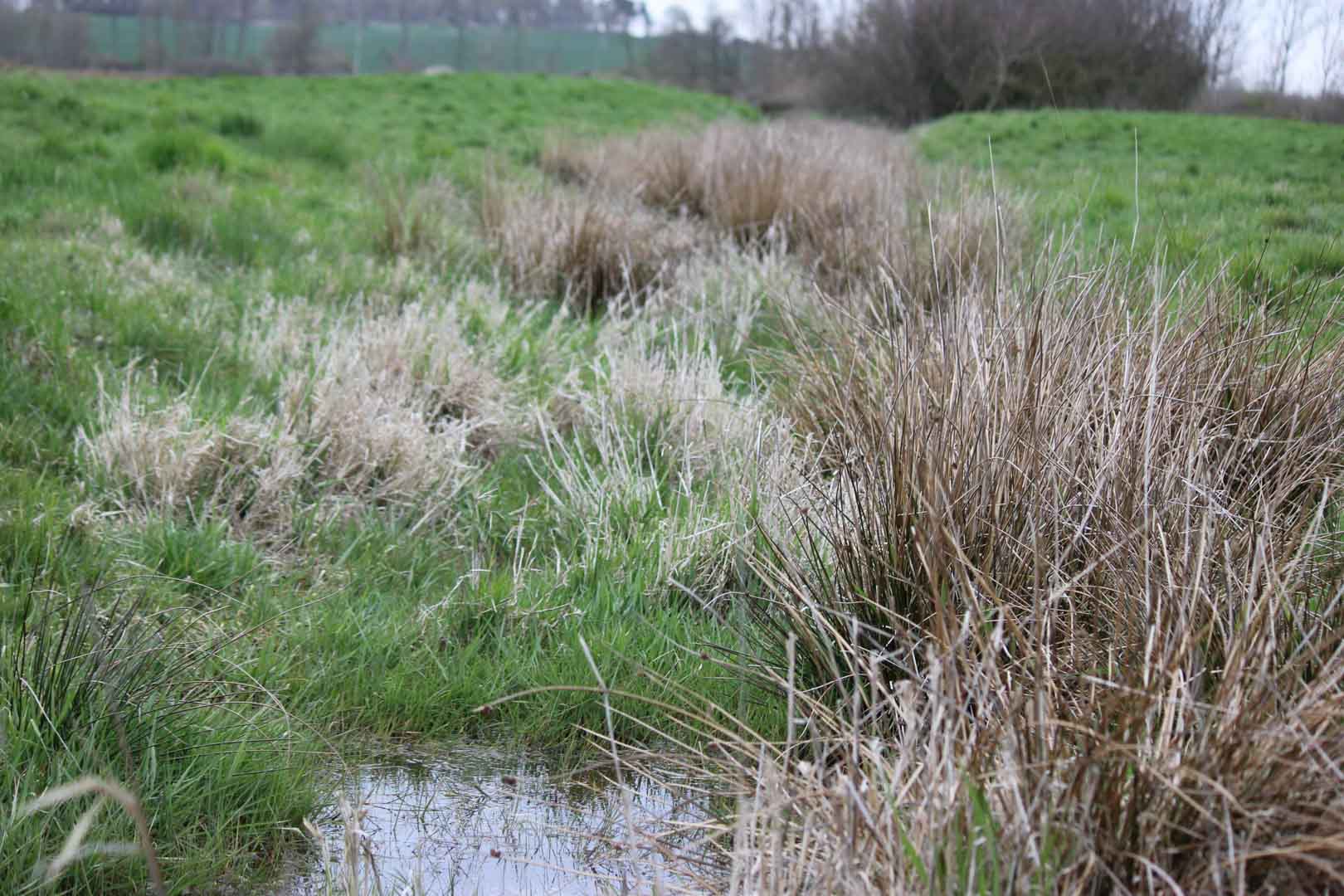
A certified climate project combined with additional commitment

Expansion of renewable energy generation in Asia
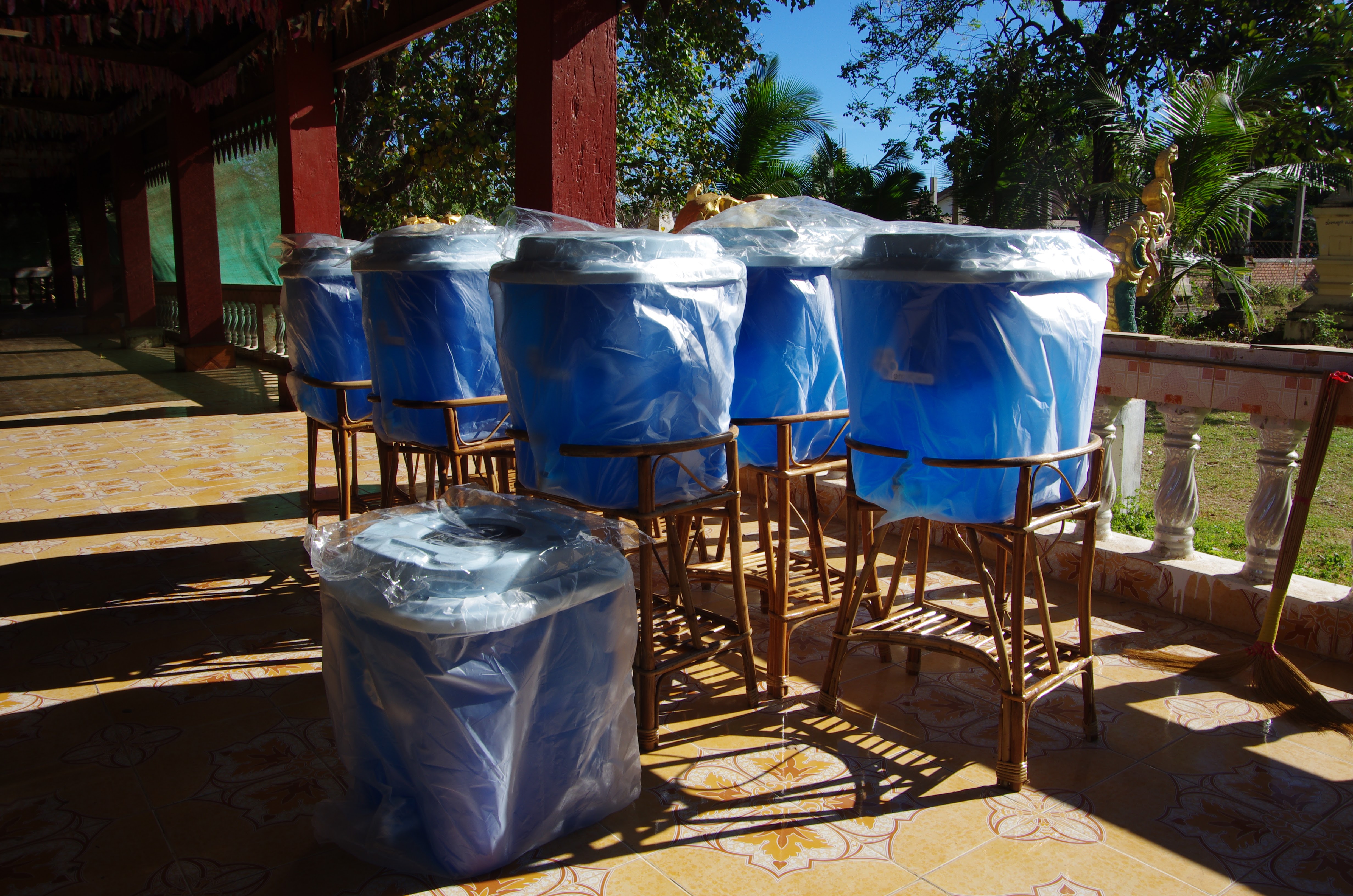
Ceramic water filters save CO2 and improve health

Improved cookstoves worldwide – for better health and cleaner air

A certified climate project combined with additional commitment
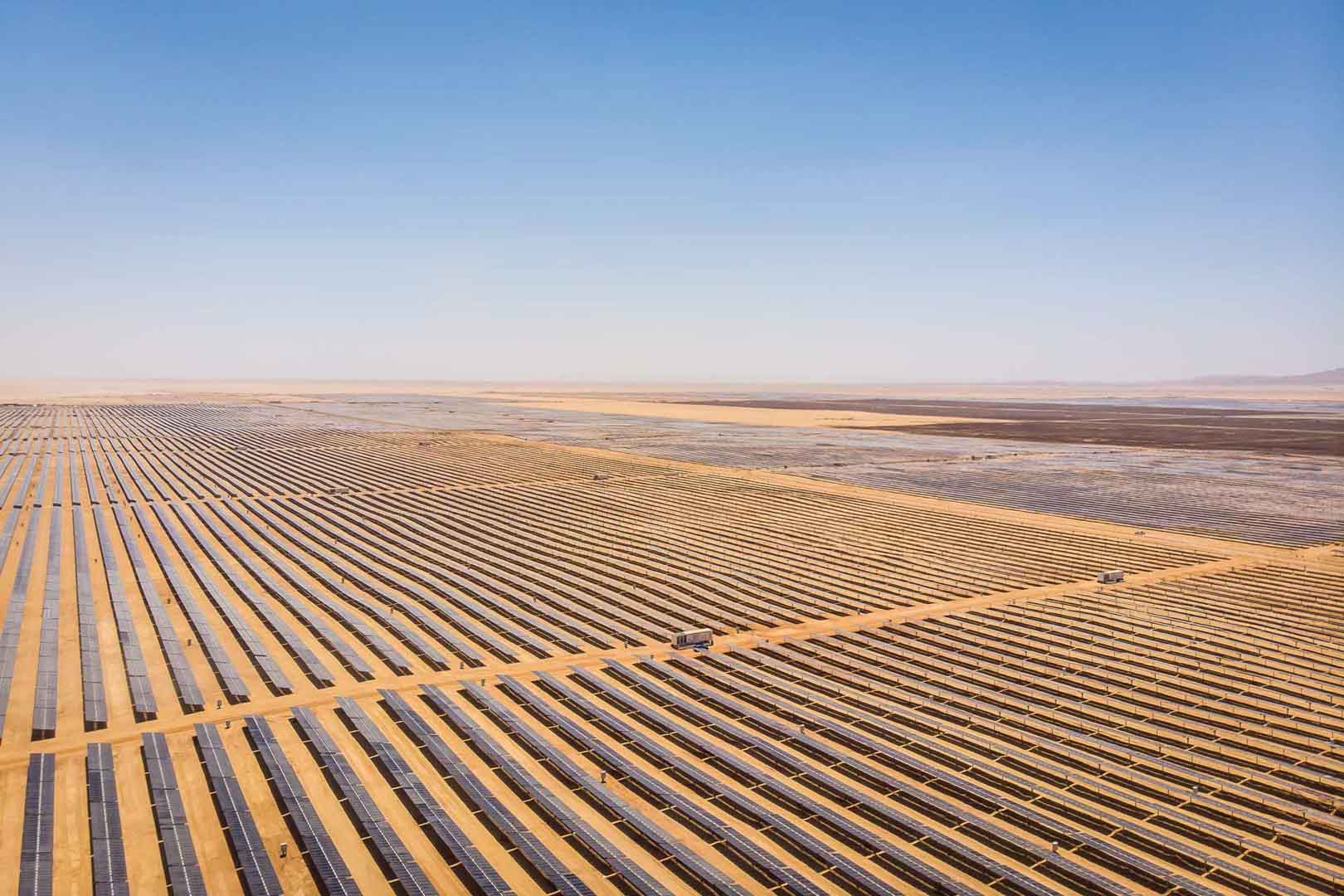
Powering access to renewable energy in Africa

A certified climate project combined with additional commitment

Restored ecosystems remove carbon
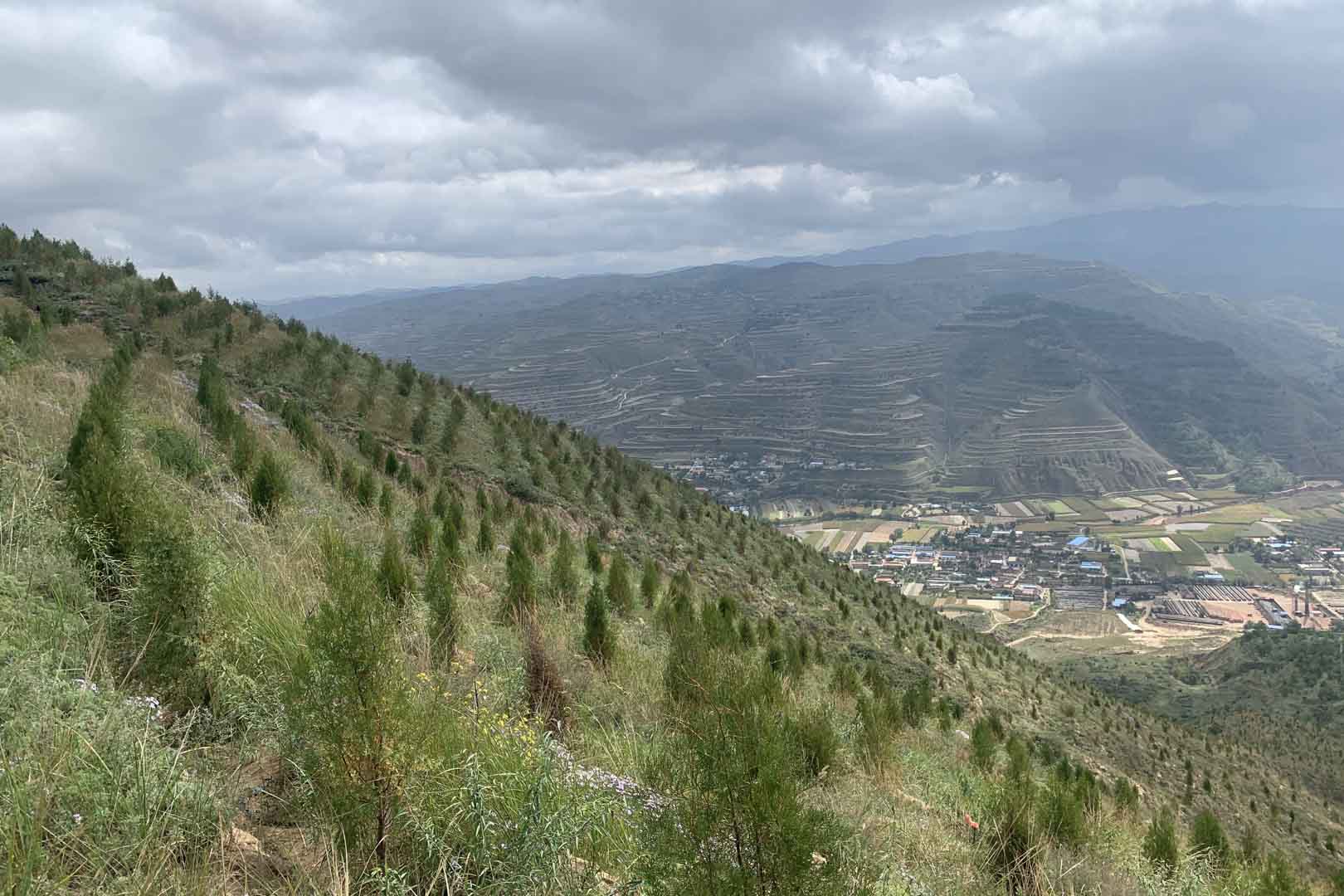
Turning degraded farmlands into healthy ecosystems

Improved cookstoves - better for health and the environment
